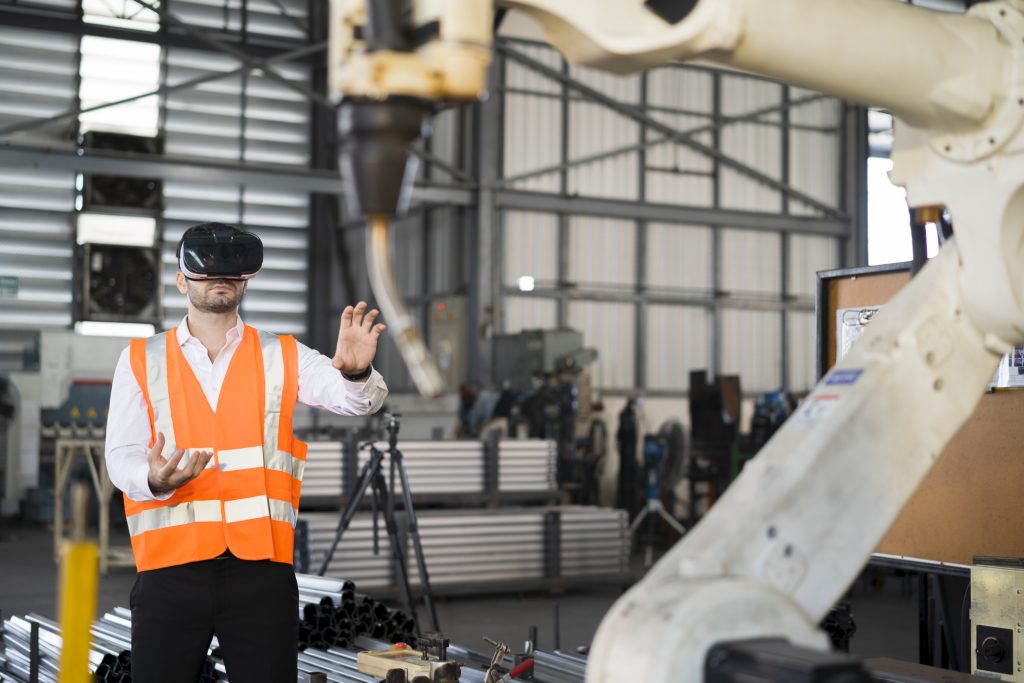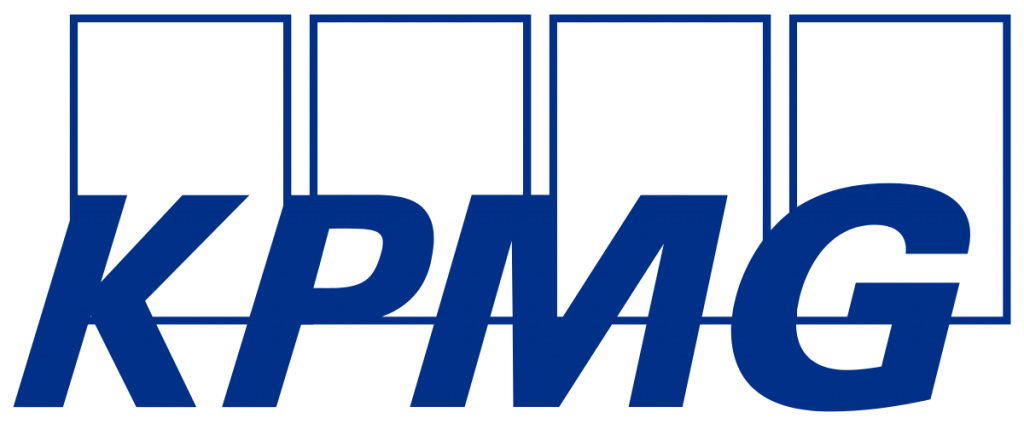What does the future hold for businesses with frontline workers? A new report from KPMG analyses their ongoing transformation.
From power, water and utilities through to mining, construction, and oil and gas, frontline workers are essential to engineering success. Yet digitisation is reshaping these traditionally physical roles and by 2030 they will look dramatically different. A new report from KPMG Australia, The Future of Frontline Operations, explores how this ongoing transformation will impact businesses and their operations.
Sean Leyden, an aerospace engineer who started his career in US military aviation, leads KPMG Australia’s Frontline Operator Centre of Excellence and co-authored the report.
“I was a US Navy fighter pilot based on an aircraft carrier,” he says. “So I was a frontline operator myself. Essentially, as we jokingly say, fighter pilots are glorified heavy equipment operators.”
New ways of working
While today’s frontline worker might approach their job armed with a tablet and a stylus at most, advances in both connectivity and technology mean the 2030 operator will benefit from a raft of assistive tools.
Robotics, already used in fields such as water, where submersible robots have taken over high-risk tasks such as underwater tank cleaning, will expand. Partial exoskeleton augmentation will help mitigate the physical impact of repetitive, high-load tasks on the human frame and artificial intelligence will communicate information both in conversation and on screen.
“You can expect to see a large adoption of smartwatches as a common workplace item, alongside AR [augmented reality] headsets where they can view information using gesture control,” Leyden says. “That could be either specific data related to the performance of a piece of equipment, such as a pump or a generator, or technical information that they pulled down from their home office.”
Technological changes and a changing business environment will require different ways of thinking. The report outlines the suite of capabilities required to modernise field service operations. It uses KPMG’s Frontline Operator Capability Framework to apply a systems-thinking approach to businesses with frontline workers, one that places the focus on individual frontline operators at the centre. The advantage of this approach is it avoids unintended consequences stemming from changes to companies’ overall operating models.
Smarter assets mean smarter, more autonomous operators
The report predicts the new world of frontline work will see legacy assets paired with smart assets, requiring a new breed of worker who is comfortable in both the digital and physical arenas.
While technology will make remote instruction easier to deliver and hybrid working patterns developed during the pandemic will continue, Leyden believes frontline roles will never be entirely replaced.
“We think that the frontline operator and associated supervisors will always be required,” says Leyden. “To retain the ability to restore a network from zero energy, zero connection, you need skilled workers who can operate remotely, independently, with a high level of technical skill. Their numbers may shift, but more will be expected of the individuals in these roles.”
The sheer volume of information that smart assets deliver will help shift the frontline worker’s role from a passive recipient of instructions to a decision maker.
“Generally, to maximise efficiency, organisations try to discourage their operators from coming up with their own work plan,” Leyden says. “We anticipate frontline workers in the future will have access to contextualised information that will allow them to make their own decisions about priorities and where to go.”
As previous generations age out of the frontline workforce to be replaced by younger, digitally native workers, this shift in roles will accelerate.
A new frontier for safety
The coming changes will pose safety challenges, the report predicts.
“The implementation of technologies that make it possible to perform more functions remotely means there’s a higher risk, due to having fewer people on site to check and confirm that barrier controls are in place and work permits are properly issued,” says Leyden.
Robust digital safety systems and processes will be required to avoid dangerous or even fatal incidents and technology such as wearables will assist in this.
“Wearables will provide, for example, GIS [geographic information systems] data that might show a worker in the hazardous area zone,” says Leyden. “The AR headset will provide information to the worker that the lockdown of this zone is happening in 20 minutes.”
For Leyden, while the report’s focus on safety harks back to his career in the high-reliability environment of carrier-based flight operations, it’s also a product of the systems-based thinking he learned as an aerospace engineer.
“The big idea is that the frontline operator sits in the middle of the frontline capability framework,” says Leyden. “We apply systems thinking to understand how any change we make in one capability area impacts across all elements of the framework.”
To learn more about how the coming changes to frontline work will affect your business, and to begin preparing for those changes, download The Future of Frontline Operations report.

